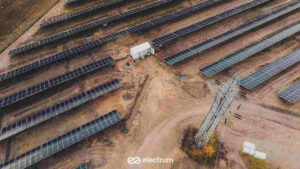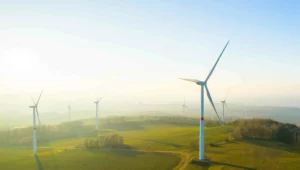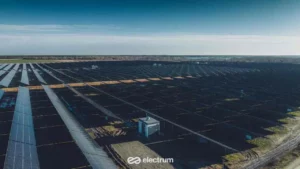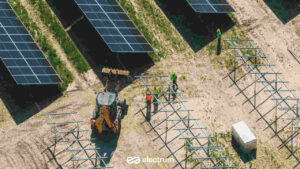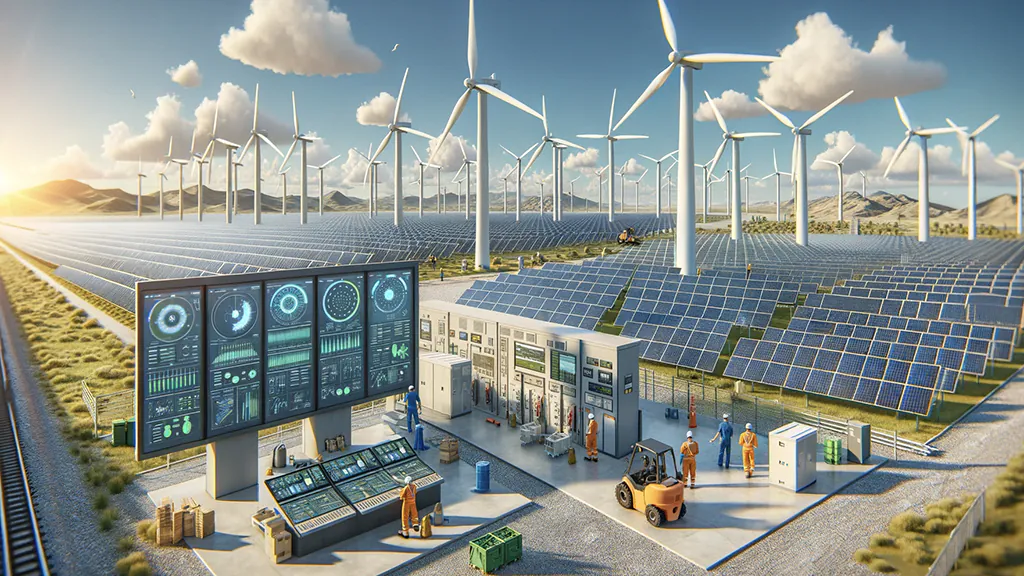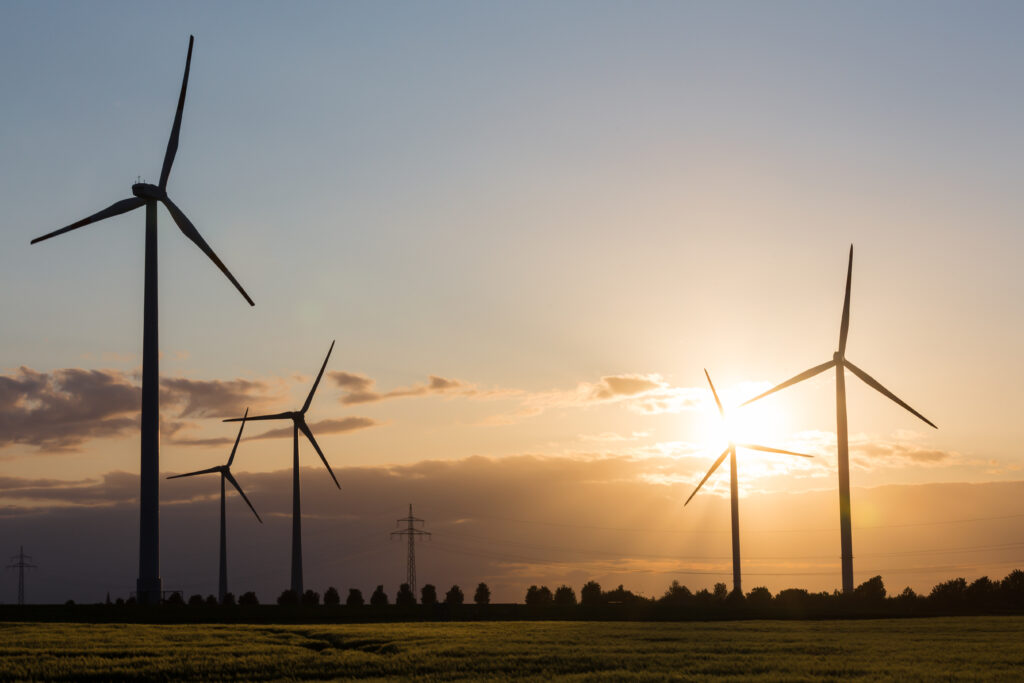What You Need to Know About Leasing Land for Photovoltaic Installation
Do you own land and are wondering if leasing it for photovoltaics is a good idea?
Or perhaps you want to lease land from someone to invest in a photovoltaic installation?
In this guide, we will cover all the essential aspects both from the perspective of the landowner and the investor looking for a suitable plot.
For Landowners
How much can you make leasing land for solar farm?
A photovoltaic plot can yield various profits depending on factors such as:
- the location, size, and renewable energy potential of the property (learn more: How to Choose the Best Location for Solar Panels?),
- the projected production profile,
- the possibility of further scaling the project,
- the property’s location relative to technical infrastructure,
- applicable legal regulations concerning renewable energy in the area.
Earnings from 1 hectare dedicated to building a farm are therefore highly dependent on the individual situation and are subject to negotiation.
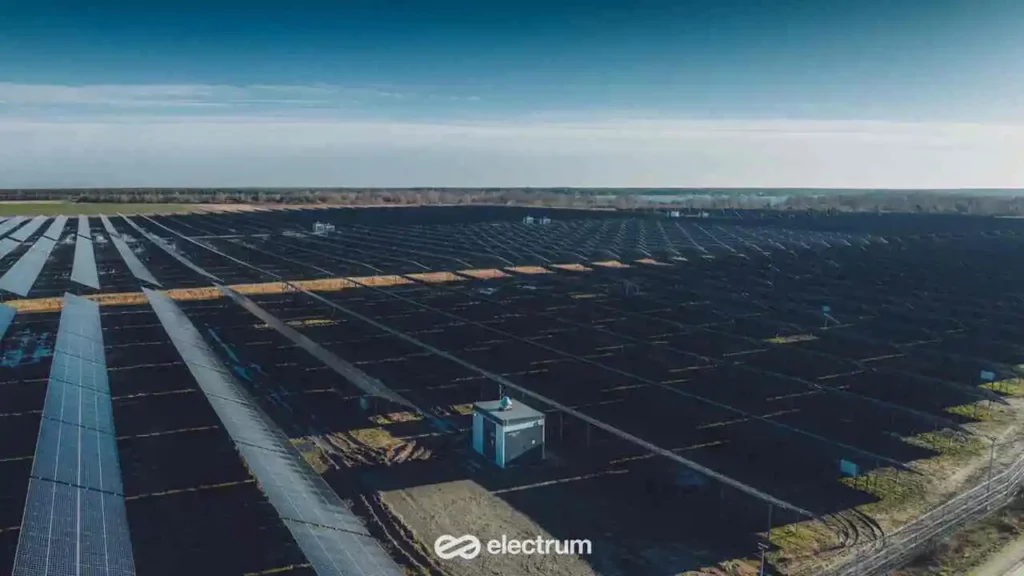
How to Assess Your Land’s Potential for a PV Farm?
A photovoltaic investment is a venture that must be preceded by a series of analyses. Self-assessment requires time and extensive knowledge, so we encourage you to contact us.
We are a Polish leader in the alternative energy sector (Read more: What We Do – Designing Farms and Developing Renewable Energy Projects).
Analysis includes:
- terrain shape,
- land use structure,
- availability of infrastructure, such as access roads,
- presence of collision objects limiting the possibility of PV farm implementation, such as technical infrastructure zones, wooded areas, ponds,
- location relative to the DSO/TSO infrastructure,
- location relative to legal nature protection forms,
- legal aspects, such as ownership or spatial development plans,
- sunlight levels.
More detailed information about assessing the potential of a plot for a photovoltaic farm can be found in this article: Solar Power System Design – What You Need to Know?
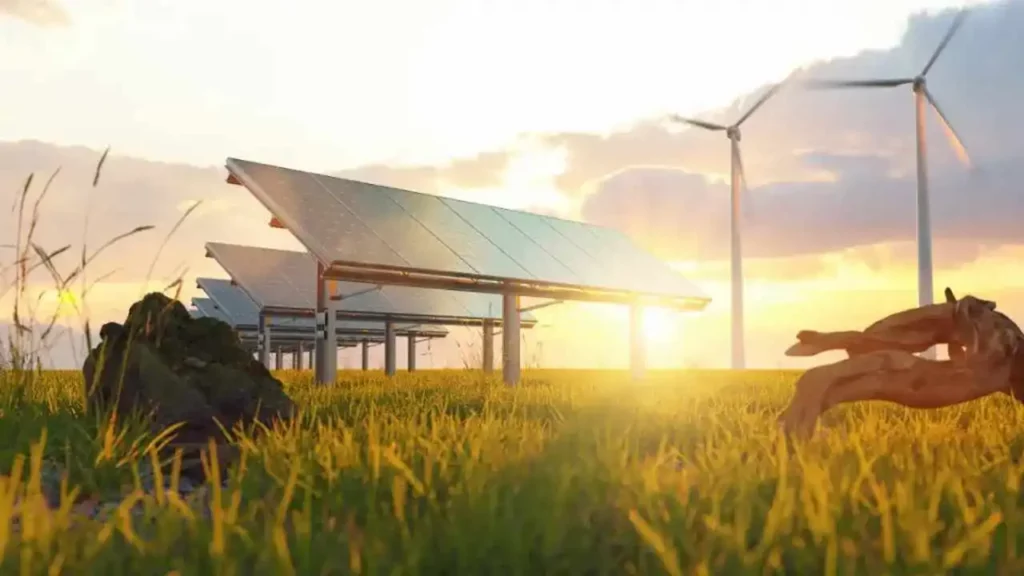
Key Elements of a Land Lease Agreement for Photovoltaics
A land lease agreement for photovoltaics includes several essential points that should be clearly regulated to ensure clarity and security for both parties. Here are the most important ones:
Definition of the Contract Subject
This includes the precise definition of the cadastral numbers and land and mortgage register numbers of the property or its parts that will be leased for photovoltaic installation. The area should be specified accurately to 1m². Additionally, the lease object is also presented in a graphic attachment representing its boundaries on a basic/topographic or orthophoto map.
Contract Duration
Specifying the duration for which the land lease agreement is made. For photovoltaic installations, contracts are long-term. A lease agreement can be made for a fixed period, but not exceeding 30 years.
Amount and Method of Determining the Lease Rent
The lease rent amount depends on the rate agreed upon through negotiation expressed in PLN/ha/year and the leased area expressed in ha (hectare).
Payment Models and Financial Structures
One of the key elements when leasing land for a photovoltaic farm is determining the payment model. Important elements to define in the lease agreement are:
- payment periods (annual, semi-annual, quarterly) and whether it is paid in arrears or in advance,
- rules for annual rent indexation,
- additional payments,
- formal-accounting issues.
Land Lease for Solar Farm, Initial and Standby Rent
Initial rent in land lease agreements is a fee that the lessee (e.g., an energy company) pays to the landowner from the day the lease agreement is signed until the day construction begins.
Standby rent is a regular fee that the lessee pays to the landowner from the day construction begins throughout its duration.
Learn more: Initial and Basic Rent in a Lease Agreement | Electrum Ventures
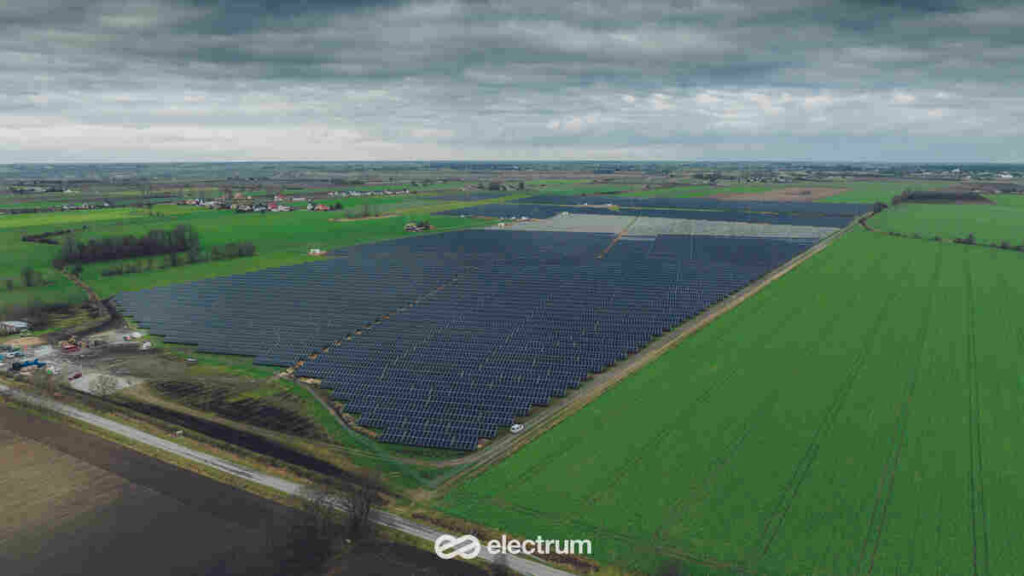
Rights and Obligations of the Contracting Parties
The specification of rights and obligations applies to both the lessee and the lessor. The most significant issues include:
- Scope of investment that can be realized on the leased property.
- Scope of actions that the lessee can take under the contract and actions that they cannot take.
- Scope of actions that the lessor cannot undertake as they may negatively impact the investment (mainly its productivity).
- Defining the factors whose occurrence allows the parties to terminate the contract.
Regulations Regarding Land Leasing for Photovoltaic Installations
In Polish legislation, there are commonly legal acts that significantly limit the use of real estate. These include provisions regarding:
- Land class – the best will be class V, VI, and IV lands. Classes I-III lands are protected, as are Ls class lands.
- Land origin – the best will be mineral-origin lands. Organic-origin lands are protected.
- Non-transferability and non-leasability of the property within 5 years of acquisition.
- Additionally, mention should be made of local legal acts, i.e., local spatial development plans, where there are often provisions completely prohibiting construction or limiting it to a strictly defined type and function of construction. Important provisions may also appear in land and mortgage registers, where properties or their parts subject to transmission and passage easements and properties heavily mortgaged are excluded from construction.
With us, you will quickly find out the potential of your land:
Fill out the form
Leasing Land for solar farm and Lease Tax
Whether income from leasing agricultural land is subject to personal income tax depends on the purpose for which the land is leased. If it is for agricultural purposes, the lease income is not subject to personal income tax. However, if it is for a non-agricultural purpose (e.g., leasing land for solar panel installations), the farmer is obliged to pay personal income tax.
Personal Income Tax (PIT)
Land lease until the end of 2022 was taxed according to general rules based on the tax scale specified by the PIT Act. From 2023, land lease is taxed the same way as private rental, i.e., in the form of a lump sum on recorded revenues.
In 2024, the lump-sum rate on lease revenues is: 8.5% up to the amount of PLN 100,000; the excess over this amount is taxed at 12.5% of revenues.
Corporate Income Tax (CIT)
Legal entities, such as capital companies or other legal forms, that derive income from leasing land for a photovoltaic farm are subject to corporate income tax (CIT).
The CIT rate is generally 19% on pre-tax income. Companies classified as small taxpayers and those starting business operations can benefit from a reduced 9% corporate income tax rate.
Non-Agricultural Lease and Property Tax
Leasing agricultural land for non-agricultural purposes means it no longer falls under agricultural tax but is subject to much higher property tax to the extent the land is used for business activities.
For Individuals or Companies Wanting to Lease Land from Landowners
How to Find Suitable Land for a Photovoltaic Installation?
Land suited to the nature of the investment is key to success. Searching for a plot for a photovoltaic farm requires taking several steps that can have a decisive impact on the success of the entire investment. The steps are described in this article in the section: How to Assess Your Land’s Potential for a PV Farm?
More detailed information on finding the ideal land can be found in the guide: How to Choose the Best Location for Solar Panels?
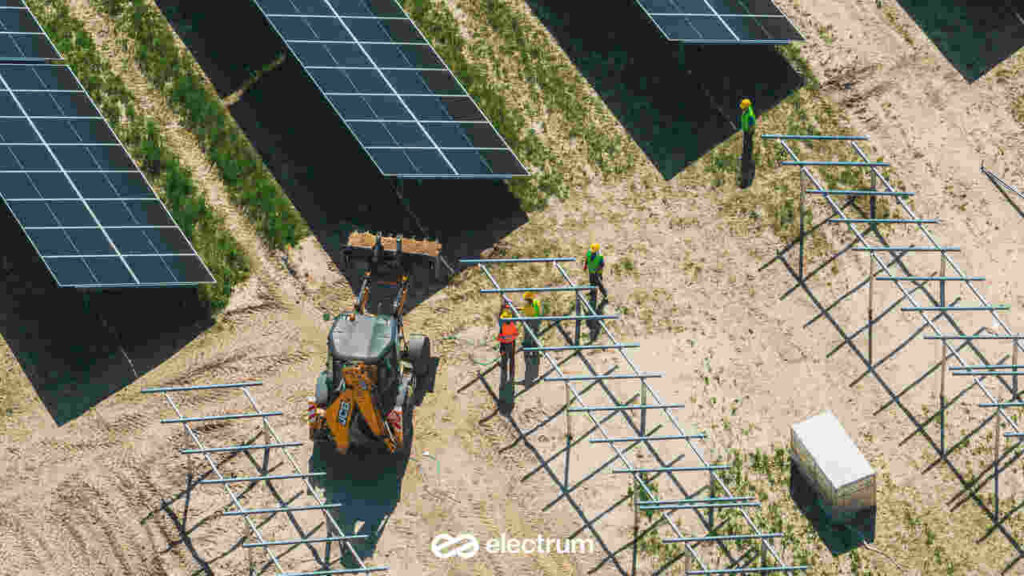
Leasing Land for Photovoltaics and Ecological Benefits and Promoting Sustainable Development
Leasing land for a PV installation, besides financial benefits, brings a range of positive changes towards sustainable development:
- Clean energy production – photovoltaic installations enable the production of electricity using renewable energy sources (RES), which helps reduce greenhouse gas emissions and other air pollutants.
- Sustainable development – investments in photovoltaics support sustainable development goals by reducing dependence on traditional energy sources, such as coal. They help minimize the negative impact on the natural environment.
- Job creation – the construction and operation of photovoltaic installations create new jobs in the renewable energy sector, supporting local economies.
- Improving energy security – renewable energy sources, such as solar energy, reduce dependence on energy imports and minimize the risk of energy supply disruptions.
- Long-term energy stability – solar power offer long-term energy stability due to low operating costs and predictable electricity production costs.
- Natural resource protection – investing in photovoltaics helps protect natural resources, such as water and soil, by limiting the exploitation of non-renewable raw materials.
- Additional revenue for the municipality budget – the investment generates additional revenue from property tax and partially from CIT tax.
We specialize in designing and developing photovoltaic farms.
Check the potential of your land here:
We are looking for land
Leasing Land for Solar Power Plant – Summary
Leasing agricultural land for solar farms can generate stable income. Before deciding to lease, it is necessary to thoroughly assess the land’s potential in terms of sunlight, topography, and infrastructure availability. Signing a clear land lease agreement is crucial to protecting the interests of both parties. The contract should include provisions on rent amount, contract duration, parties’ obligations, and all land use rules.
